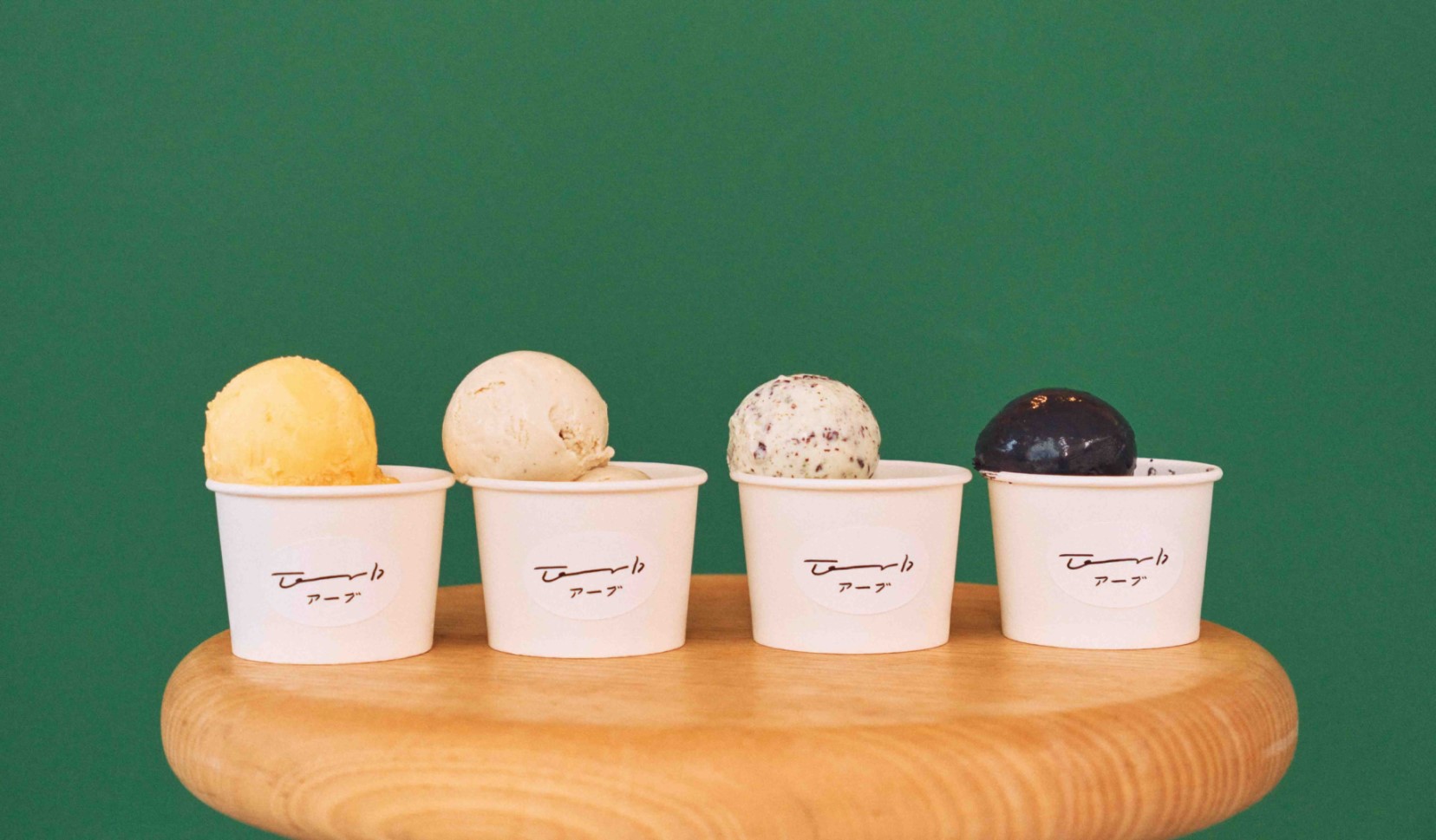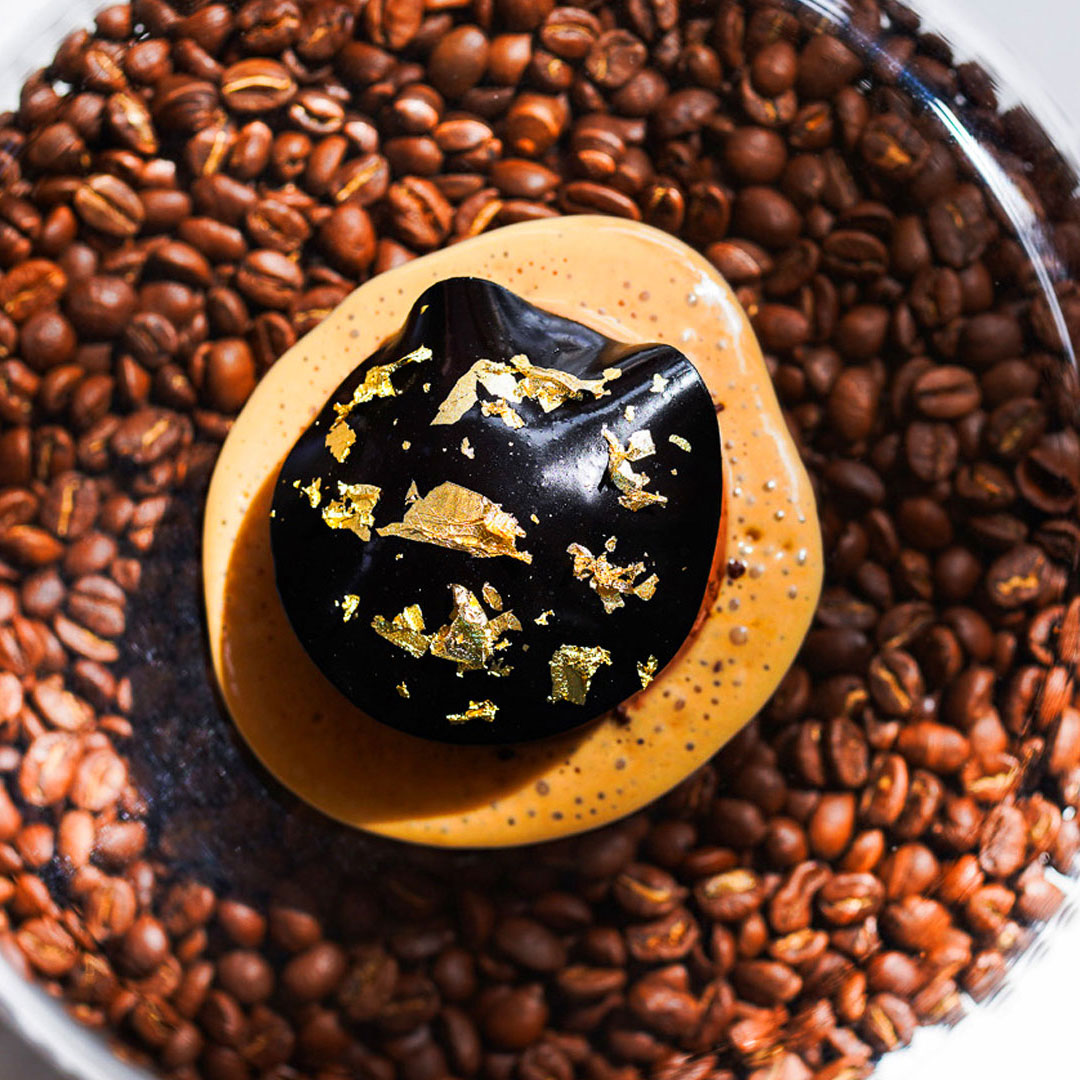“Does it spark joy?” It’s the simple yet profound question that made Marie Kondo a household name for the art of tidying and intentional living. As the creator of the KonMari Method, Kondo has helped millions rethink their relationship with their belongings—and, by extension, their lives. Now based in the U.S., she continues to champion her mission to “organize the world” alongside her husband and business partner.
But no matter where life takes her, Tokyo—her birthplace and source of inspiration—remains close to her heart. Whenever she’s back, she visits a handful of cherished spots that spark joy in their own way. Here’s a glimpse into some of her favorites.
Sézanne [the TWO MICHELIN Star French restaurant on the seventh floor of Four Seasons Hotel Tokyo at Marunouchi (a One MICHELIN Key hotel)]. I went with my husband for our anniversary. Each dish is exquisitely beautiful and full of surprises. It’s a comfortable space with friendly staff.
7F, Four Seasons Hotel Tokyo at Marunouchi, 1-11-1 Marunouchi, Chiyoda-ku

With such a busy schedule, traveling must get exhausting. Do you have any go-to restaurants where you like to recharge?
Nodaiwa Azabu Iikura Honten [helmed by fifth-generation chef-owner Kanejiro Kanemoto]. When I’m tired or when I really have to work hard later that afternoon, I’ll have eel for lunch to replenish my energy. The plump, flavorful eel reenergizes me and gets me ready to take on my afternoon schedule.
1-5-4 Higashiazabu, Minato-ku

Tokyo has no shortage of great hotels. Any properties you especially like?
Aman Tokyo [a Two MICHELIN Key hotel]. I can relax in the modern interiors which incorporate traditional Japanese materials like wood, Japanese washi paper, and stone. I really like the Japanese-style breakfast I get as in-room dining because it has various small dishes and I can enjoy a little bit of everything. I also recommend the Aman Spa. Getting a treatment with Japanese traditional oil, called Kuromoji, is absolutely blissful. Kuromoji oil calms the mind, relieves anxiety and has anti-bacterial properties. These treatments really let you completely relax.
The Otemachi Tower, 1-5-6 Otemachi, Chiyoda-ku

What about a favorite spot for satisfying your sweet tooth.
Erb ice cream. This ice cream stand uses only fresh herbs, spices, and citrus. I especially like the fresh mint chocolate. I love this place so much that I really wish it would expand globally.
1-6-17 Meguro, Meguro-ku

How about a place for enjoying a relaxing cup of tea?
Uf-fu Tokyo is one of my favorite tea shops. The owners visit tea farms around the world to taste test and purchase tea leaves. You can hear detailed explanations of each tea leaf variety while deciding what to get.
Saint-Tropez 302, 6-3-14 Minami Aoyama, Minato-ku

Where do you go for a dose of culture in Tokyo.
TAKEHISA YUMEJI MUSEUM, dedicated to Takehisa Yumeji, a famous painter synonymous with the Taisho Romanticism art movement. He was active from the Taisho period to the Showa period. The museum is full of examples of Japan’s charming “kawaii” culture.
2-4-2 Yayoi, Bunkyo-ku

Related articles:




















